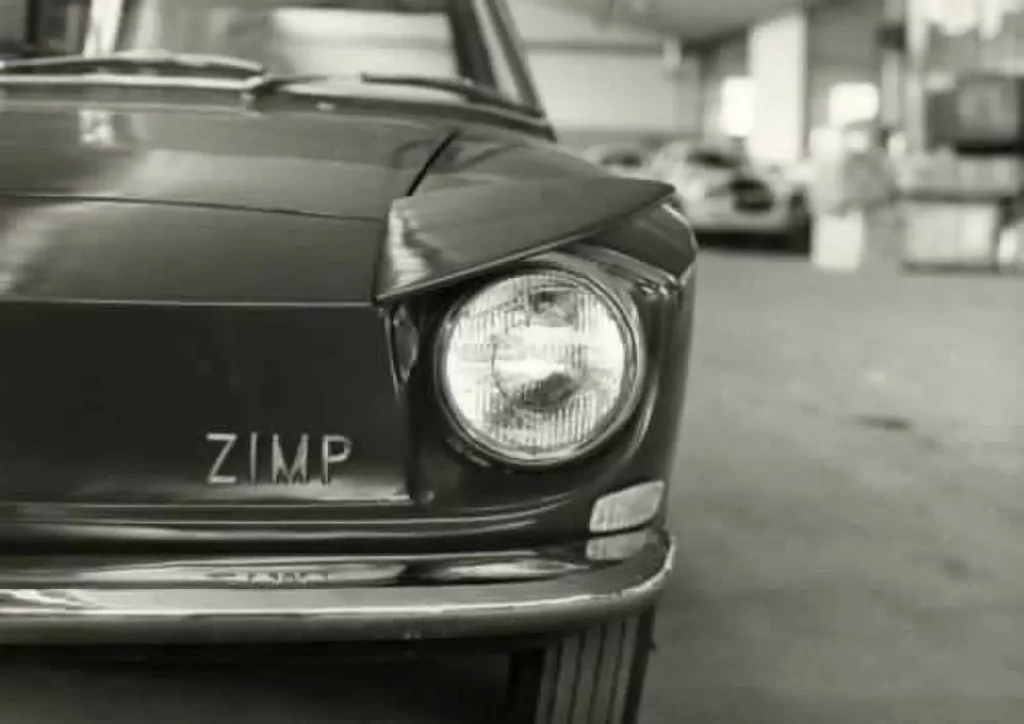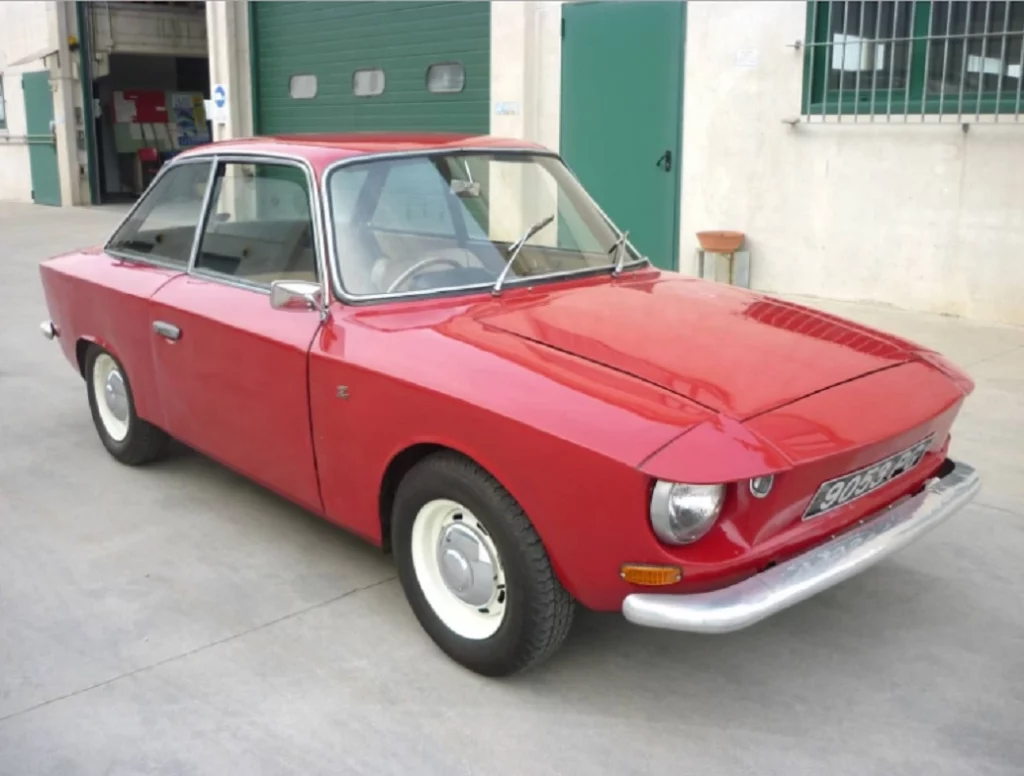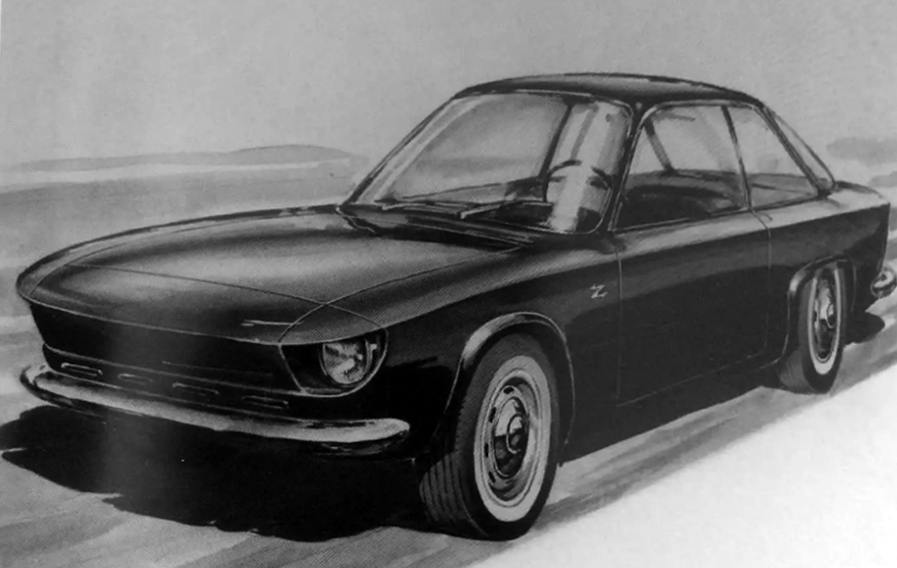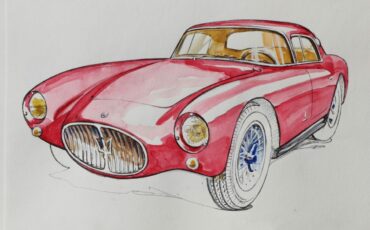
In the automotive world, some stories remain etched in the annals of history, and the tale of the 1963 Hillman Zimp is one such narrative that seamlessly blends British engineering with Italian style.
Conceived by the chief Zagato stylist, Ercole Spada, the Hillman Zimp emerged as a striking collaboration between British technology and Italian design. Crafted with an aluminum re-body of the Hillman Imp by Zagato, the car was a vision of elegance and speed that, unfortunately, never made it to the production line.
Developed in a mere nine months, the Zimp made its debut at the 1964 Earls Court Motor Show, showcasing Zagato’s prowess in creating a vehicle that paired comfort with performance. Despite its projected retail price of £1,200, the Zimp faced an unfortunate fate due to financial troubles within the Rootes Group, ultimately preventing its mass production.

For those fortunate enough to experience the Zagato Hillman Zimp, the memory is eternally marked by the comfortable ride, accentuated by a well-thought-out driving position and a bright interior. The unmistakable roar of the 875 cc all-alloy Coventry Climax FWMA-based engine, combined with the lightweight aluminum body, contributed to the car’s surprising speed. However, its feathery build led to aerodynamic lift issues at 60 mph.
The Zimp’s inception can be traced back to Zagato’s recognition of the potential for an aluminum-bodied vehicle based on Rootes Group’s impressive Hillman Imp. This idea later evolved into a positive reception for a Mini-based 1961 Zagato GT, welcomed by Rootes Group for the infusion of much-needed Italian glamour. Three prototypes were meticulously crafted, with two being commissioned by the same owner – a white Deluxe CUD 180B and a red Deluxe CUD 181B – both ready for the 1964 Earls Court Motor Show.
Despite its lightness allowing it to reach speeds of up to 87 mph, the Zagato Zimp never entered mass production. Rootes Group’s financial struggles played a significant role, but Chrysler’s entry into the scene, acquiring a 50% stake in Rootes, ultimately led to the cancellation of the project.

The Zagato Hillman Zimp stands as a unique chapter in automotive history, reflecting the intersection of British and Italian automotive prowess. With its distinctive Zagato design and the potential to be a stylish and economic alternative, the Zimp remains a captivating piece of automotive lore, forever remembered for what could have been.


